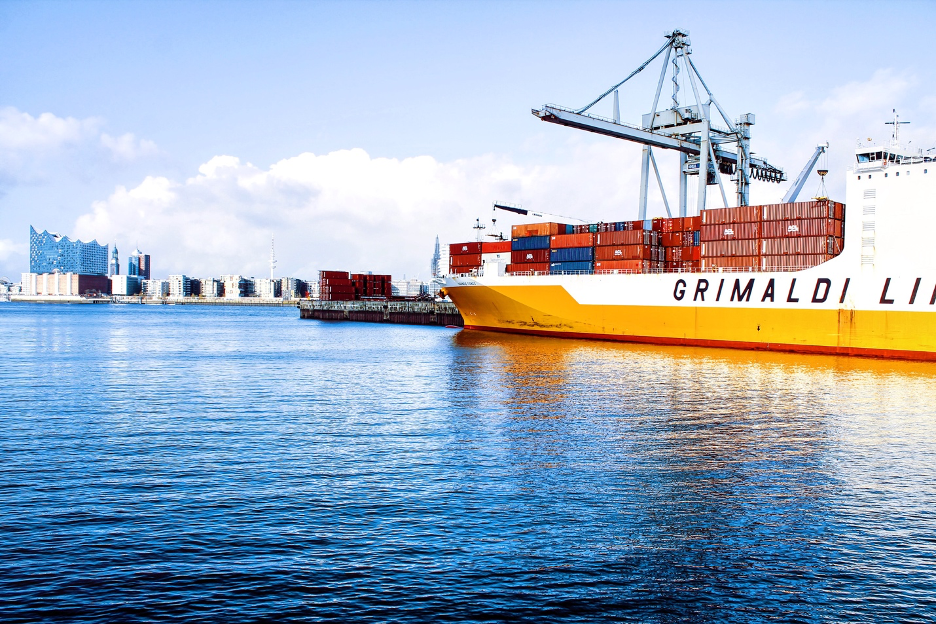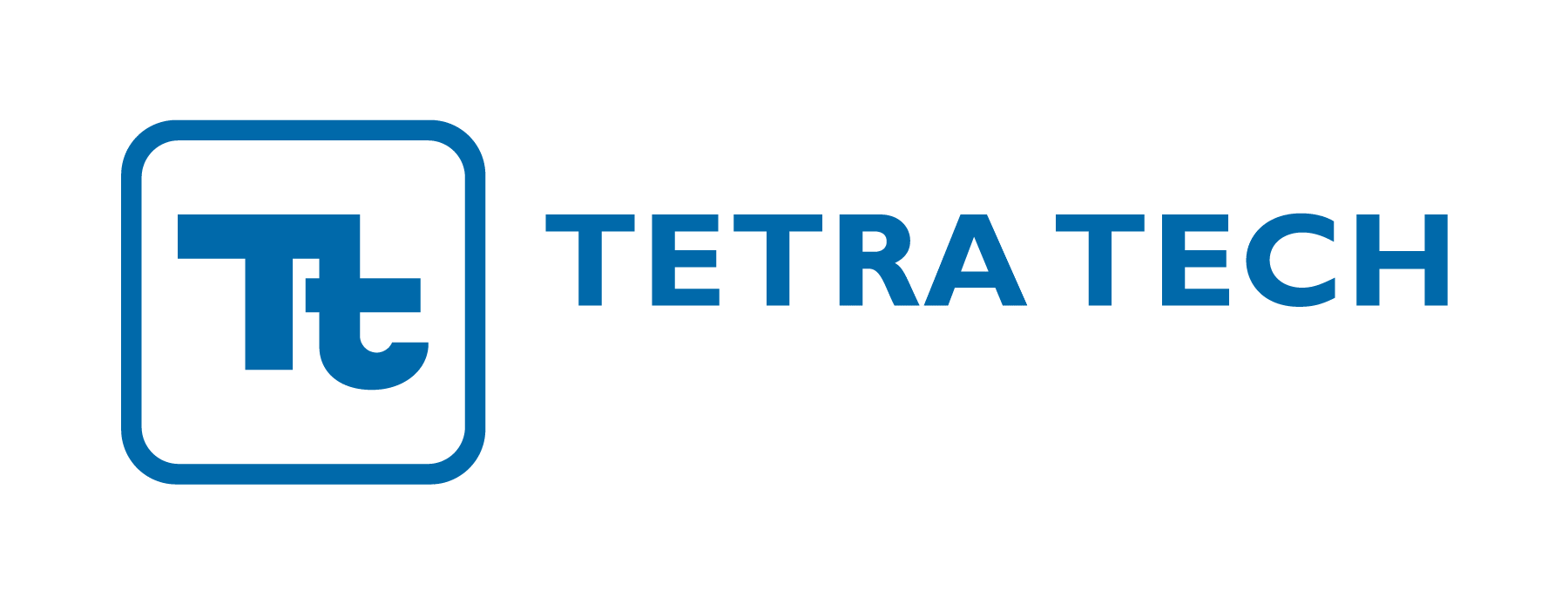In January 2020, manufacturers and their suppliers were focused on the threats of rising fuel costs, labor strikes and tariffs. Then COVID-19 appeared and spread — until the entire world was suffering from what has been one of our lifetime’s greatest disruptions.
Amid rapidly-spreading illness, another threat was becoming clear: the vulnerability of our modern-day supply chain.
In an environment rife with demand imbalances and supply shortages, the issues and weaknesses in the supply chain have become apparent, leaving manufacturers and consumers alike empty-handed for the goods on which they had come to rely.
Traditionally, manufacturers searched high and low for the cheapest supplier meeting the minimum quality requirements. If this meant outsourcing, fine. If this required a long chain of suppliers that OEMs have little previous knowledge of, it would do. It was what made the most business sense to meet the needs of consumers who asked for lower-cost goods. This is a risky approach now.
Currently, alongside others, suppliers and manufacturers around the world are suffering. The market is rife with worker shortages, supply shortages, mandatory work closures and financial insolvency. There have been closures and shutdowns.
The global shifts pose a threat to many suppliers and manufacturers today — but they also present an opportunity. Businesses that can closely examine their operations and business relationships now, and make them stronger for an unknown future, will best set themselves up for long-term resiliency and sustainability. More on that soon. First, suppliers and manufacturers alike must know what’s in store for the future of supply chains before they can prepare.
Short-Term Supply Chain Impacts
In the last six weeks, the global economy has restarted and is on the path to a slow recovery. For suppliers and manufacturers, on-site evaluations and inspections have been reduced due to social distancing, making the state of regulations and standards questionable.
According to research by the Institute of Supply Management (ISM), one in six businesses reported adjusting revenue targets downwards by 5.6% due to the coronavirus, with 75% reporting disruptions. Manufacturers are learning how deep their supply chains go, and what that means for reliability and control. Globalization is experiencing a rollback, though not necessarily a permanent collapse. The confidence manufacturing customers have had in their supply chain tiers has dwindled to record-low numbers.
As a result, many manufacturers and businesses are preparing to break the precarious status quo and forge a safer, more resilient supply chain moving ahead. Because of this, supply chain management and operations are changing.
A Long-Term Focus on Security, Flexibility and Resilience in the Supply Chain
Manufacturers will no longer seek out the cheapest option when it comes to suppliers. The new focus will rest on supply chain continuity and security, especially for vital industries such as healthcare, critical electronics and military devices.
Sole-sourcing strategies will be replaced by multi-sourcing. Regional-based manufacturing and supply strategies will become more commonplace than in the past, likely replacing major offshore business over time.
Coming off a pandemic greatly aggravated by globalization, our culture will be hyper-sensitized to risks. Government regulations will likely increase around the world. There will be a greater focus on products themselves, both in their quality and sustainability.
A New Supplier Strategy for Post-COVID-19
Supply chain expectations, processes and realities are changing rapidly — and if suppliers do not put in the work now to ensure they can meet their manufacturers’ future demands, they’ll face falling behind their competition. How well a supplier can position its business and address its manufacturing customers’ needs will determine future success.
- Prepare to support manufacturers’ call for resiliency, contingency plans and risk assessment.
Take a hard look at your internal operations and ensure it can align with manufacturers’ demands for greater supply security. Can you operate more transparently? Can you put plans in place for future threats? Do you have a way to assure your manufacturing customers that you will be a resilient link in their supply chain? - Scrutinize materials composition in your product.
Global material regulations will become an even greater burden to go-to-market in our post-COVID-19 markets, as regions look to protect the health of their people and environment. It will be vital you know the substance-level composition of your products all the way down your supply chain now in order to answer your customers’ reporting requirements. Explore Tetra Tech Professional Compliance Certification Training to gain the skills and confidence to do so. - Invest in the right technology for better agility, flexibility and capabilities to serve manufacturers — no matter what the future holds.
Many businesses have been able to put off technological investments in the past. But no longer is this true. Not all solutions are equal. Identify technology that can help you optimize processes, adjust rapidly when needed, evaluate future threats and opportunities, and keep an open line of communications with stakeholders and customers no matter what the operating conditions are.
At the end of the day, despite the current market disruption and whatever is to come in the future, regulations will remain as a means to safeguard our consumers and our world.
The Global Product Regulatory team at Tetra Tech has decades of experience supporting suppliers with all their needs, steadfast through market ups and downs. As you’re strengthening your business post-COVID-19, please contact us with any of your needs.
Additionally, we offer a series of online and customized training programs that can help you and your supply chain stand above the competition and best serve your customers.






